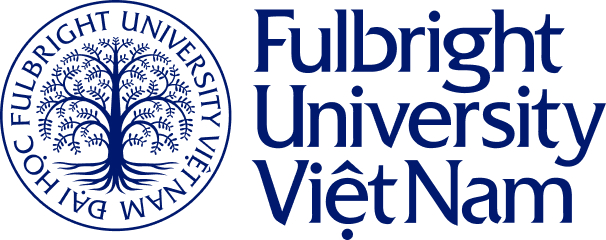Thank you!
We’re processing your information...
Essential cookies are active by default and are necessary for the proper functioning of the website. Analytics cookies gather anonymous information for us to enhance and monitor the site. Performance cookies are employed by third parties to optimize their applications (such as videos and maps) that are embedded within our website. To accept all cookies, click 'I accept.' Alternatively, choose your preferences for analytics and performance cookies, then select 'Close cookie control.'
